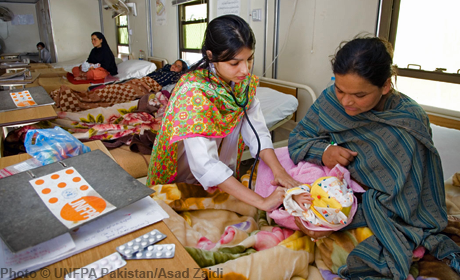Data Menu
-
Country Pages
-
Asia y el Pacífico
- Afganistán
- Bangladesh
- Bhután
- Camboya
- China
- India
- Indonesia
- República Islámica del Irán
- República Democrática Popular Lao
- Malasia
- Maldivas
- Mongolia
- Myanmar
- Nepal
- Pakistán
- Estado Independiente de Papua Nueva Guinea
- Filipinas
- Sri Lanka
- Tailandia
- Timor Oriental
- Vietnam
-
Europa Oriental y Asia Central
- Albania
- Armenia
- Azerbaiyán
- Belarús
- Bosnia y Herzegovina
- Georgia
- Kazajstán
- Oficina de Kosovo
- Kirguistán
- República de Moldova
- Macedonia del Norte
- Serbia
- Tayikistán
- República de Türkiye
- Turkmenistán
- Ucrania
- Uzbekistán
-
Estados Árabes
- Argelia
- Yibuti
- Egipto
- Iraq
- Jordania
- Líbano
- Libia
- Marruecos
- Omán
- Palestina
- la República Federal de Somalia
- Sudán
- República Árabe Siria
- Túnez
- Yemen
-
África Oriental y Meridional
- Angola
- Botswana
- Burundi
- Comoras
- República Democrática del Congo
- Eritrea
- Eswatini
- Etiopía
- Kenya
- Lesotho
- Madagascar
- Malawi
- Mauricio
- Mozambique
- Namibia
- Rwanda
- Seychelles
- Sudáfrica
- Sudán del Sur
- República Unida de Tanzanía
- Uganda
- Zambia
- Zimbabwe
-
América Latina y el Caribe
- Argentina
- Estado Plurinacional de Bolivia
- Brasil
- Chile
- Colombia
- Costa Rica
- Cuba
- República Dominicana
- la República del Ecuador
- El Salvador
- Guatemala
- Haití
- Honduras
- México
- Nicaragua
- Panamá
- Paraguay
- Perú
- Uruguay
- República Bolivariana de Venezuela
- Caribe (multinacional)
-
África Occidental y Central
- Benin
- Burkina Faso
- Cabo Verde
- Camerún
- República Centroafricana
- Chad
- Congo
- Costa de Marfil
- la República de Guinea Ecuatorial
- Gabón
- Gambia
- Ghana
- Guinea
- Guinea-Bisáu
- Liberia
- Malí
- Mauritania
- Níger
- Nigeria
- Sao Tomé y Príncipe
- Senegal
- Sierra Leona
- Togo
-
Country Menu

UNFPA Pakistan
The world’s sixth most populous country, Pakistan contends with the risk of natural disasters, a large and growing youth bulge, and entrenched poverty and inequality, all of which pose significant challenges to delivering reproductive health services. The contraceptive prevalence rate has stagnated, along with a very low number of skilled-attendance at births. Through policy advocacy and national capacity development, UNFPA helps to accelerate progress on MDG5 for a quality and increased coverage of reproductive health and family planning services. UNFPA also supports the strengthening of data collection and analysis related to population issues.
Data overview
View more
Población
Población, por grupo de edad, porcentaje
 Población de 0 a 14 años, en porcentaje
Población de 0 a 14 años, en porcentaje Población de 15 a 64, años, en porcentaje
Población de 15 a 64, años, en porcentaje Population aged 65+
Population aged 65+
Salud sexual y reproductiva
Nacimientos atendidos por personal sanitario calificado, porcentaje, 2014-2019
 Nacimientos atendidos por personal sanitario calificado
Nacimientos atendidos por personal sanitario calificado
Planificación familiar
Proportion of demand satisfied with modern methods, women aged 15-49, per cent, 2022
 Modern method
Modern method
Educación
Total net enrolment rate, percent
Gender, Rights, and Human Capital
Prácticas nocivas
Demographic Dividend: Pakistan
View more
Population Pyramid
females
males
Population in thousands
Esperanza de vida
Total fertility rate
Select year range
Year: 2018
Note: Years 2017 to 2100 are projected data.
i
Source: United Nations, Population Division, World Population Prospects: 2017 Revision
Paneles disponibles para Pakistan
Redes sociales
Tweets from UNFPATürkiye